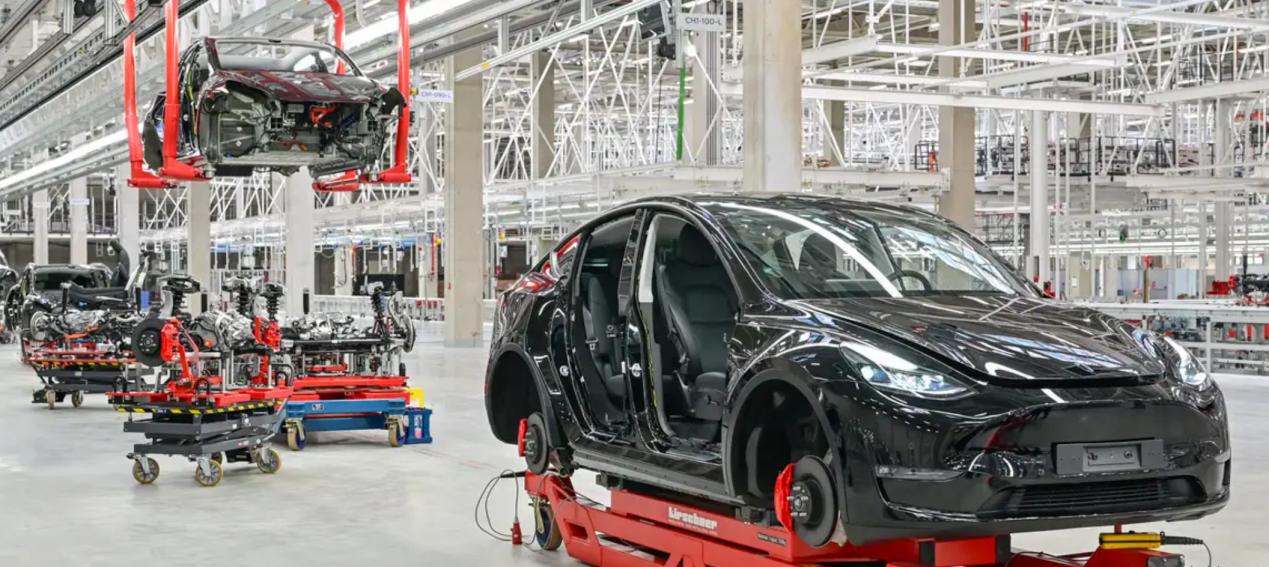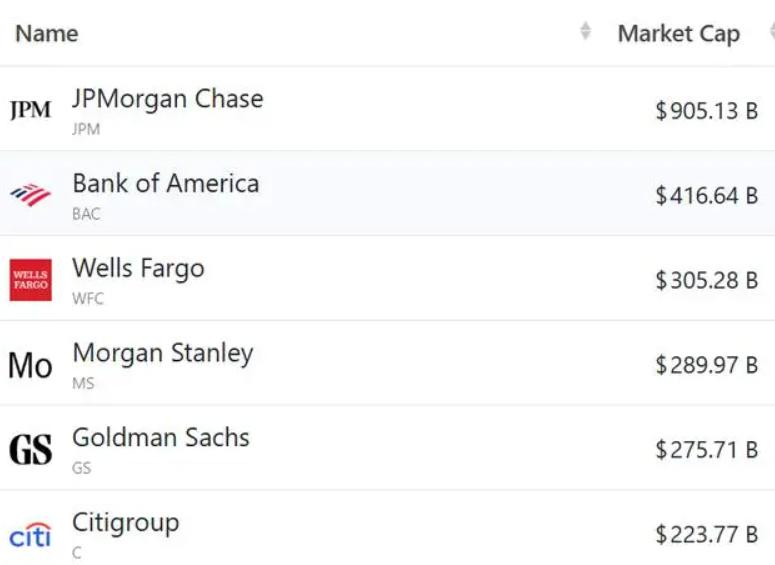
The global electric vehicle market in 2025 is experiencing intense turbulence. Tesla, once a disruptor that reshaped the industry landscape, is now mired in an unprecedented sales crisis. The latest data shows that Tesla has seen a year-on-year decline in global shipments for seven consecutive months. In the first quarter of 2025, its delivery volume dropped by 13% compared to the same period last year, far below market expectations. Even Chinese brands like BYD have surpassed Tesla in monthly sales. In the European market, Tesla's share has plummeted from 1.8% in 2024 to 1%, and in the Chinese market, it has dropped from 7.8% in 2023 to 5.4%. Facing such severe challenges, can Musk lead Tesla to a comeback?
Declining sales: The result of multiple crises
Tesla's decline is not due to a single factor but the inevitable outcome of multiple crises. First, the intensification of market competition is the primary challenge. In China, local brands like BYD, NIO, and XPeng have rapidly eroded Tesla's market share with product strategies that better meet consumer needs and technological innovations. For instance, BYD's sales exceeded 380,000 units in April, a year-on-year increase of 21.3%, while Tesla's sales in China plunged by 43% to 32,000 units during the same period, even falling out of the top ten in new energy vehicle sales. In Europe, traditional automakers like Volkswagen and Renault are accelerating their electric transformation and launching more cost-effective models, further squeezing Tesla's survival space.
Second, the aging of Tesla's product lineup is becoming increasingly prominent. Since the launch of the Cybertruck in 2020, Tesla has not introduced any new models for several years, and the sales boost from the Model 3 and Model Y facelifts has quickly waned. In contrast, Chinese brands such as Xiaomi SU7 and ZEEKR 007 have launched a series of 200,000-300,000 yuan sedans, leveraging technologies like 800V high-voltage platforms and city NOA to deliver a "diminishing returns" blow to Tesla. Tesla's "price war" strategy is also gradually losing its effectiveness. Frequent price cuts may stimulate sales in the short term, but in the long run, they erode the brand's premium pricing power and further compress profit margins.
In addition, Tesla is facing capacity bottlenecks and supply chain risks. The Berlin factory has been repeatedly shut down due to environmental protests and arson attacks, the Red Sea conflict has disrupted the transportation of components, and the Model 3 production ramp-up at the Fremont factory in California has been slow... These factors have collectively led to extended delivery times for Tesla, eroding consumer confidence.
Musk's Response: A Double Bet on Transformation and Breakthrough
Facing a sales crisis, Musk did not sit idly by but instead attempted to open up new tracks through strategic transformation and technological breakthroughs. At the second-quarter earnings call in 2025, Musk clearly stated, "Tesla's future does not entirely depend on electric vehicle sales." He pinned his hopes on two areas: autonomous taxis (Robotaxi) and humanoid robots, Optimus.
In the field of autonomous driving, Tesla is accelerating the commercialization of its FSD (Full Self-Driving) technology. Musk claimed that Tesla has made "clear and demonstrable progress" and plans to build a new profit model through Robotaxi services. However, this strategy faces dual tests of regulatory approval and consumer acceptance. Currently, FSD has not yet received full approval from US regulatory authorities, and consumers' concerns about the safety of autonomous driving have not been completely dispelled.
In the field of humanoid robots, Musk shows even greater ambition. He announced that Tesla will produce 10,000 Optimus robots in 2025 and start delivering to external customers from the second half of 2026. Musk believes that the usage scenarios of humanoid robots are 1,000 times more than those of cars and could bring Tesla over $1 trillion in annual revenue in the future. However, this vision remains at the conceptual stage, and the mass production cost and commercialization path of Optimus have not been clarified. Whether it can become Tesla's "second growth curve" remains uncertain.
Tesla's sales crisis is essentially a microcosm of the shift in the electric vehicle industry from "incremental competition" to "zero-sum game". In the short term, Tesla needs to stabilize its market share by launching more competitive new models (such as a low-cost version of Model Y) and optimizing local production (such as building factories in China and Europe). At the same time, Tesla also needs to repair its brand image and reduce the negative impact of Musk's personal remarks on the company's reputation.
Musk once disrupted the traditional automotive industry with the "first principles", but can he use the same logic to solve Tesla's sales predicament? The answer may lie in future financial reports, but it is certain that this bet on transformation and breakthrough will determine whether Tesla returns to the peak or becomes a footnote in the industry's transformation.

Driven by the Trump administration's push to relax financial regulations and the recovery of investment banking business, the market value of the six major banks in the United States has cumulatively increased by approximately 600 billion US dollars by 2025.
Driven by the Trump administration's push to relax financia…
On Christmas evening, U.S. President Trump posted on social…
According to multiple foreign media reports, the recent fin…
The middle class, once regarded as the cornerstone of Ameri…
On December 19th local time, the US military launched a lar…
The Boxing Day sunshine should have cast a false glow of pr…